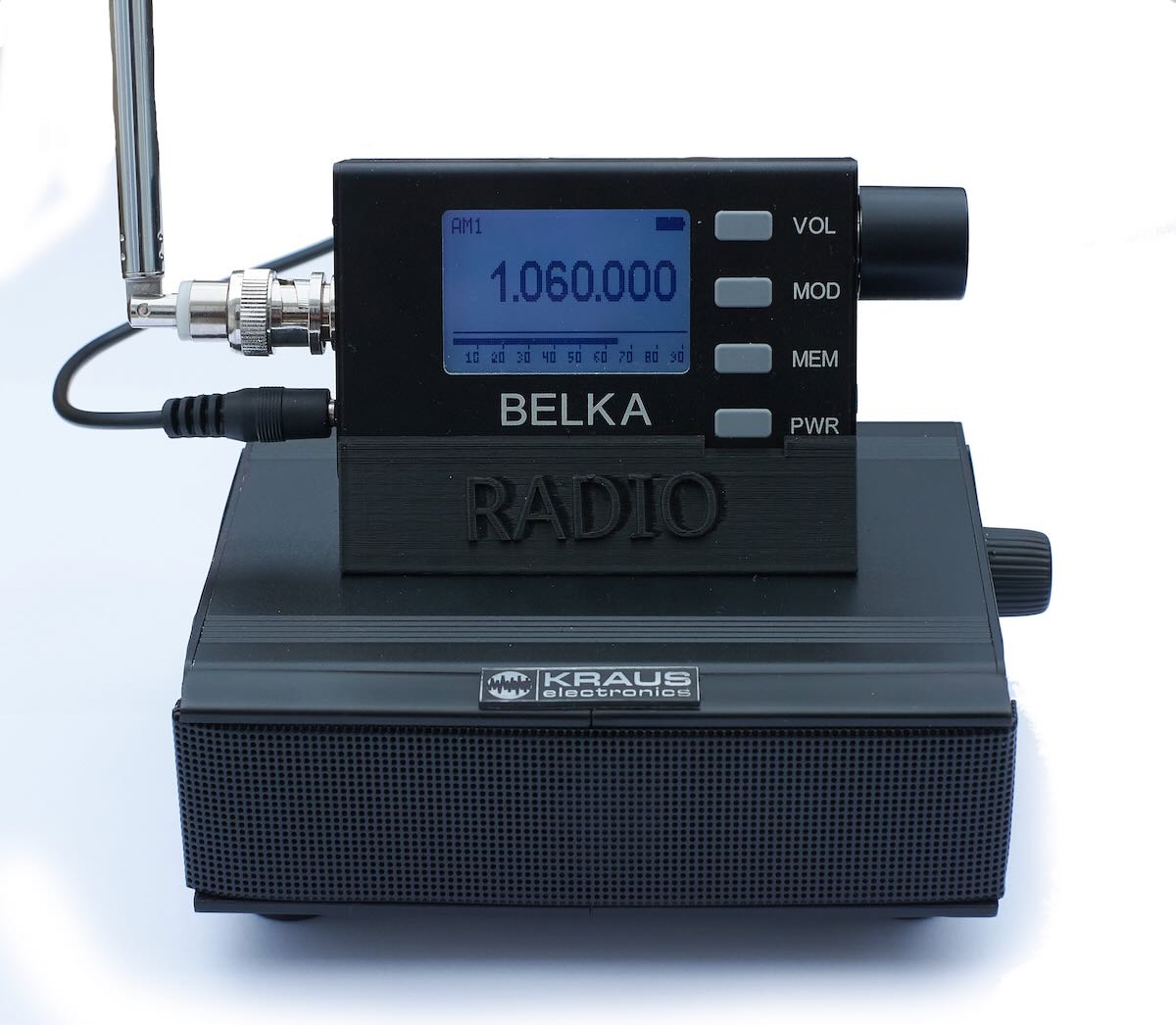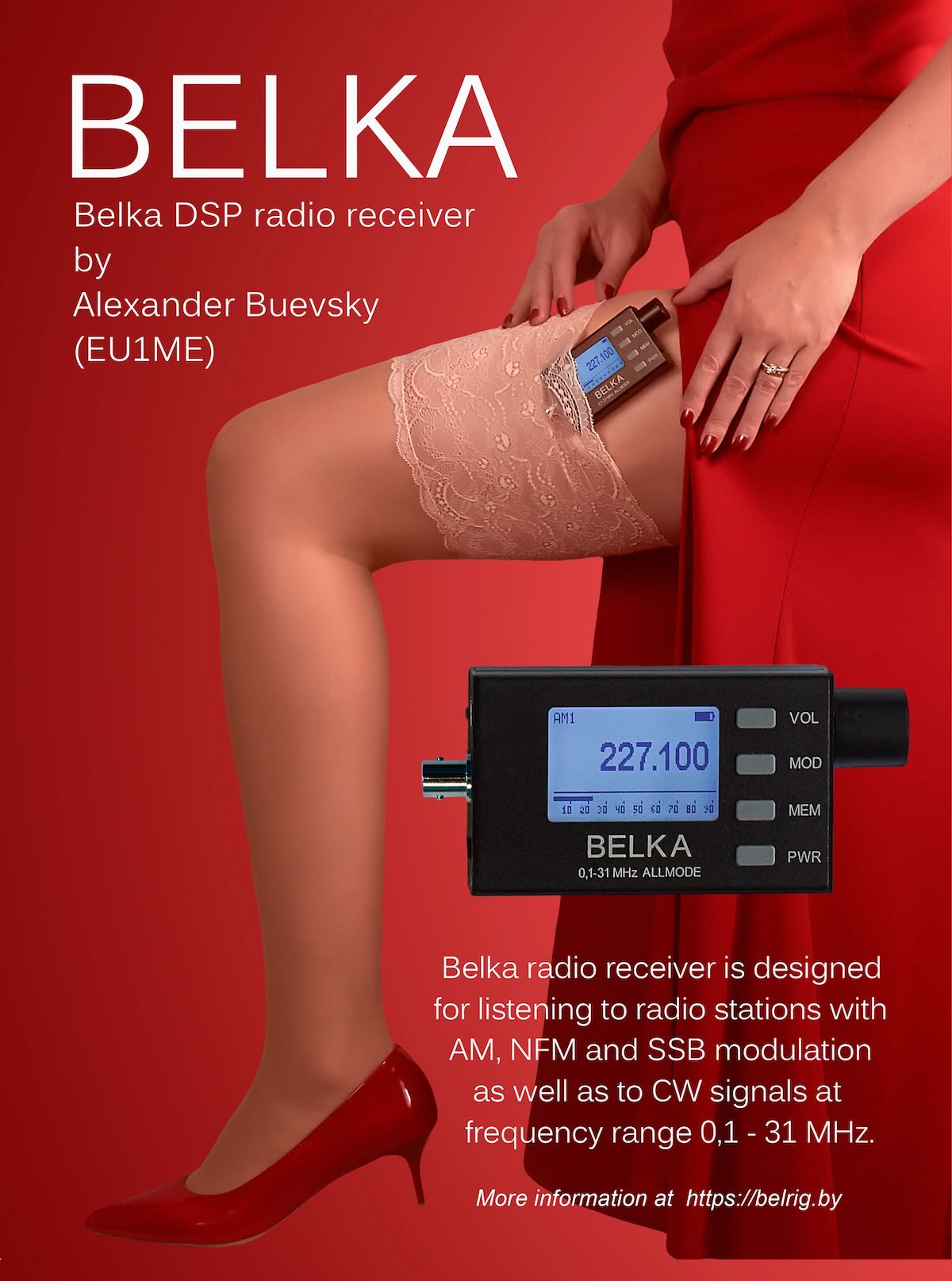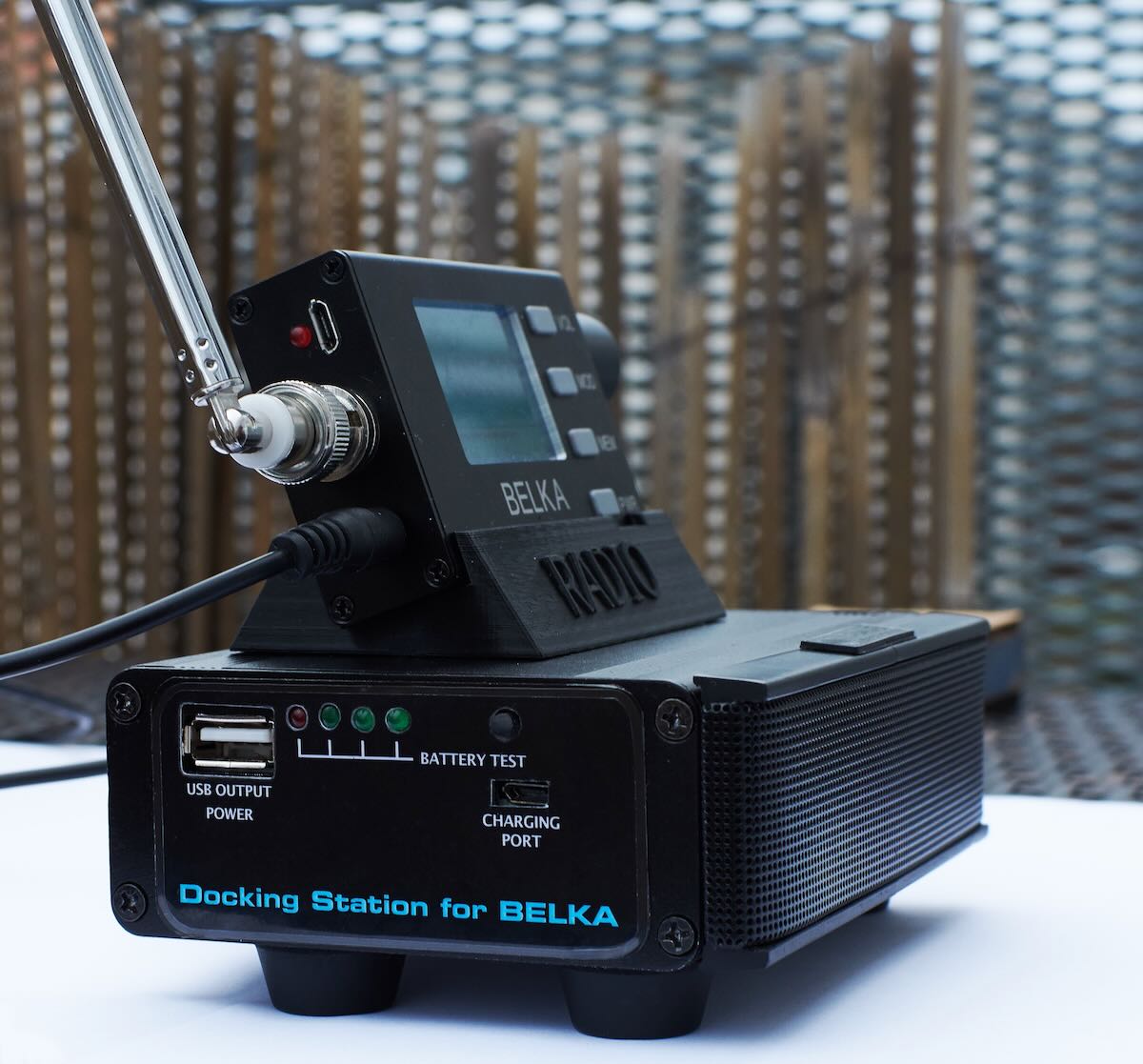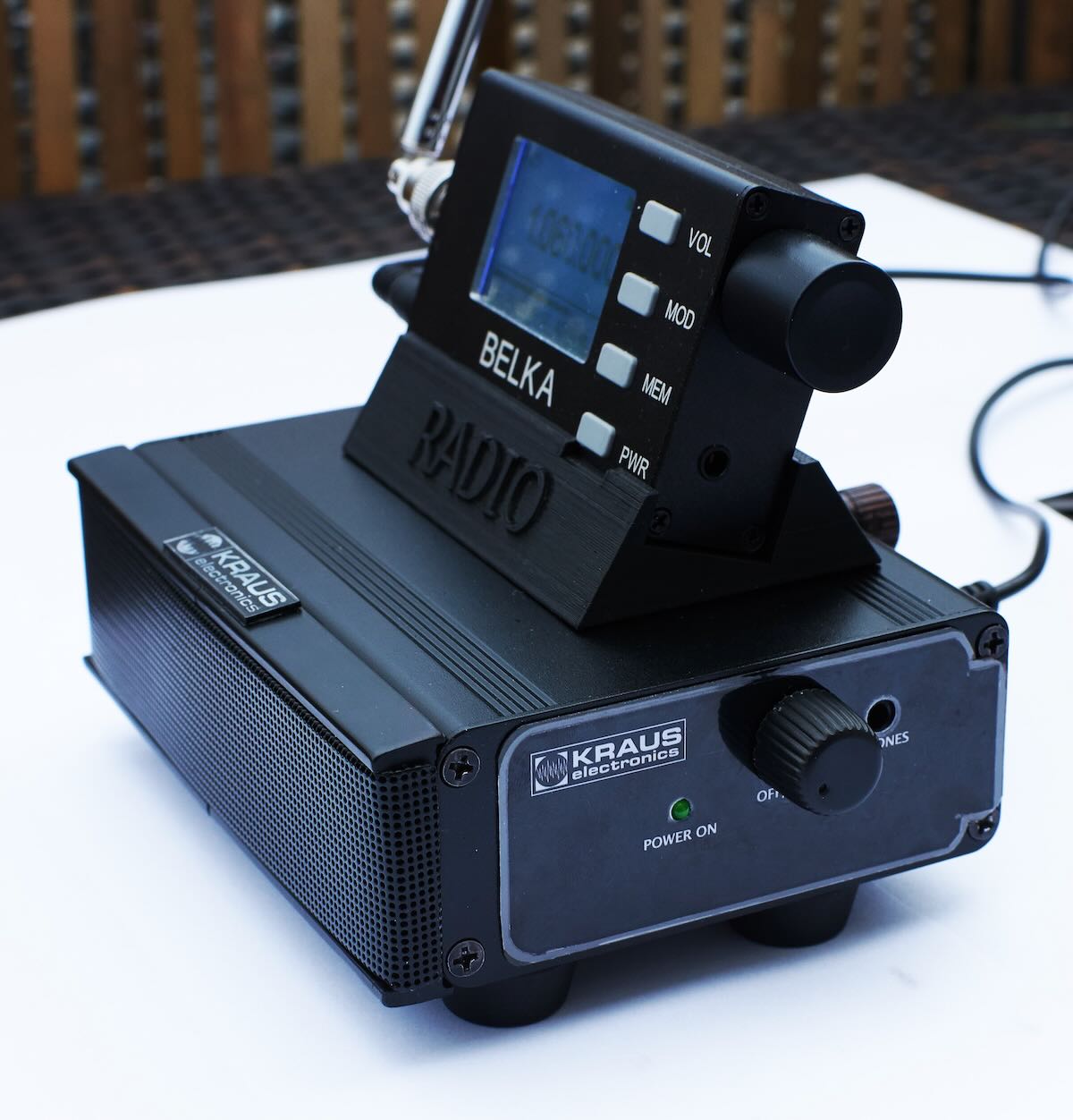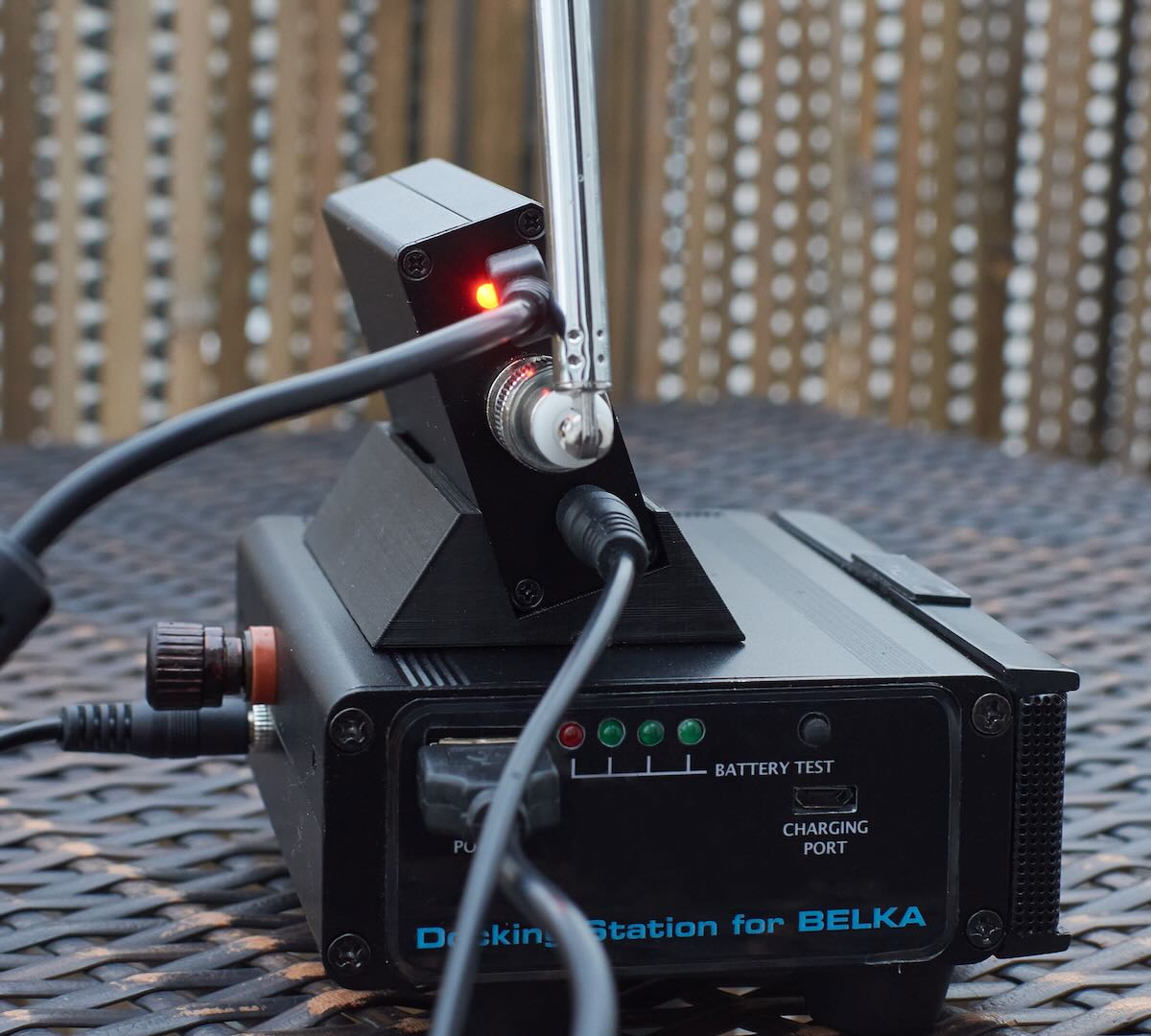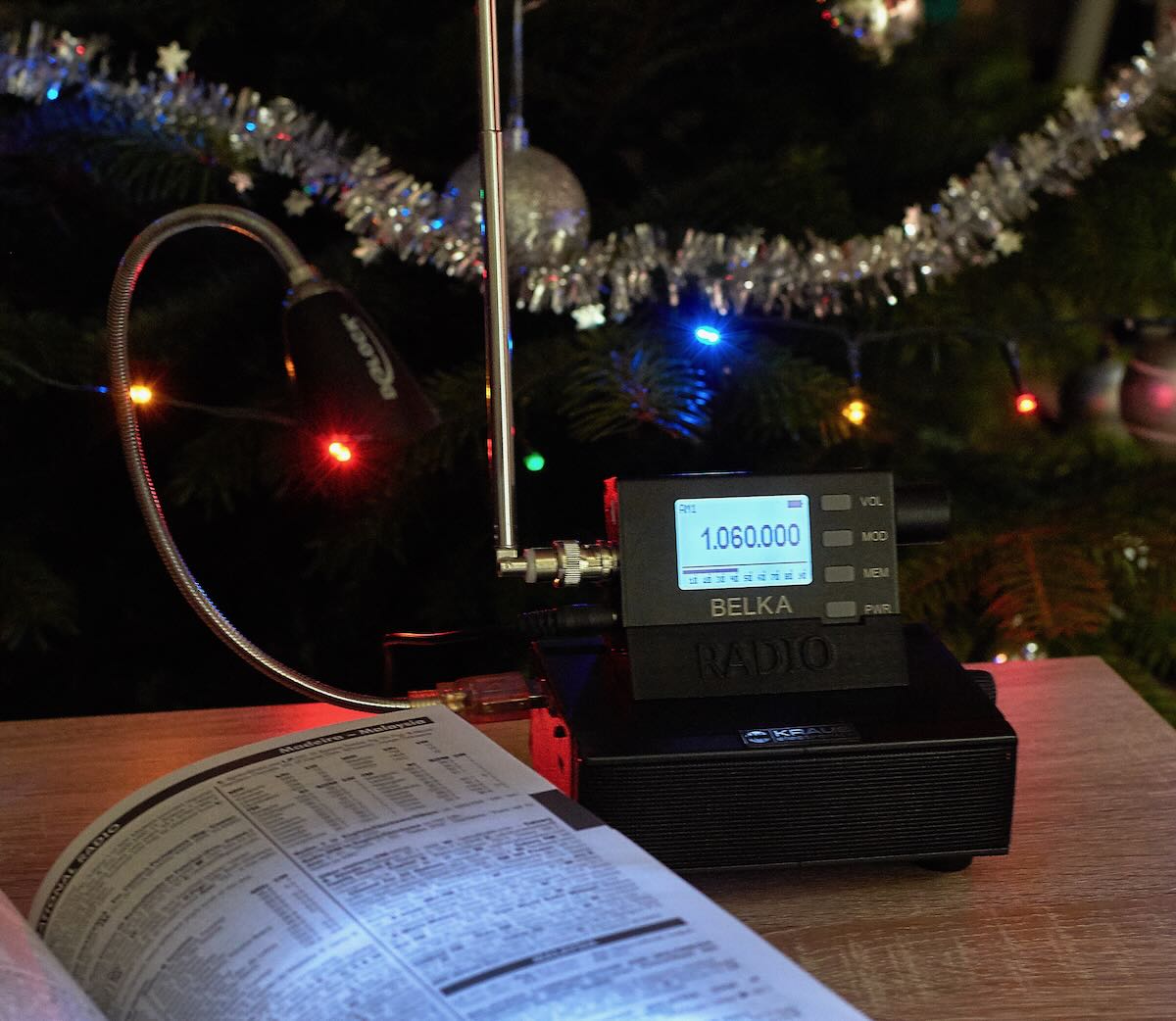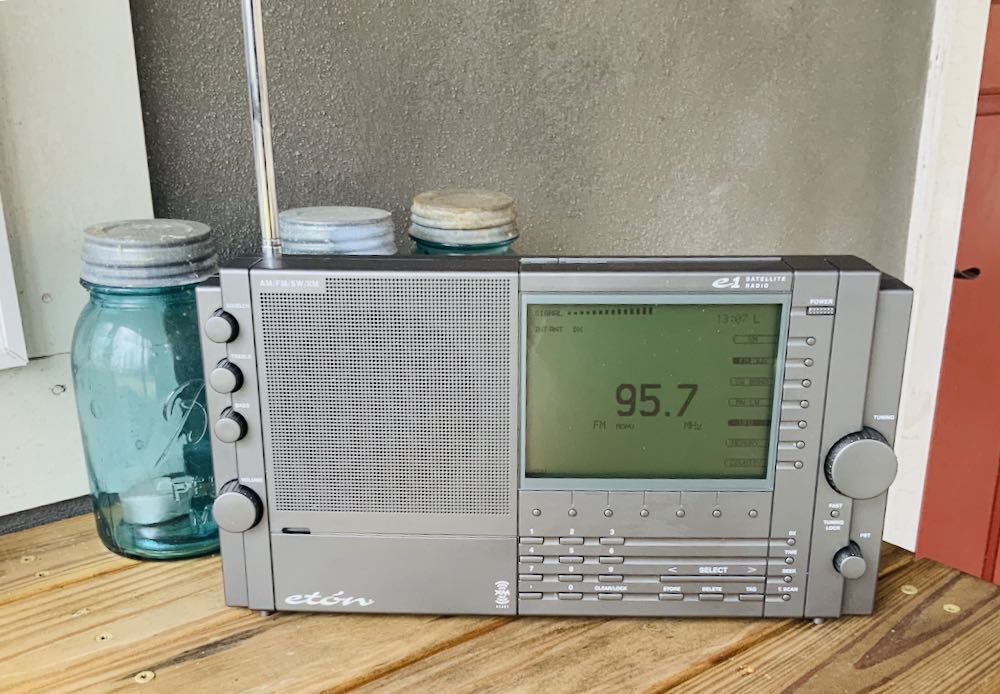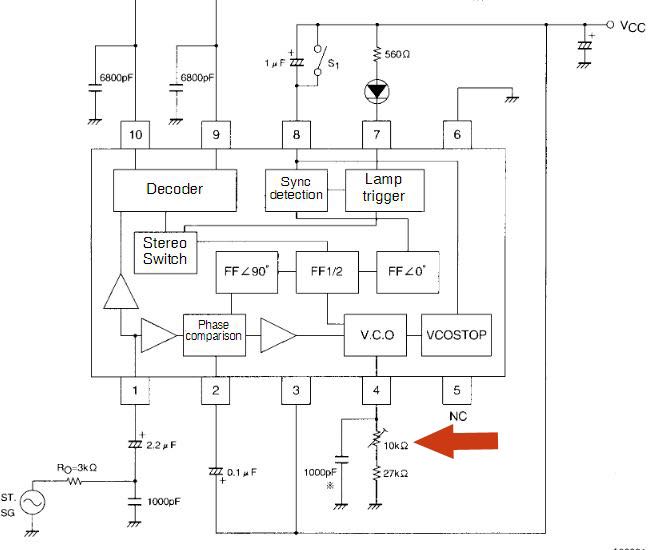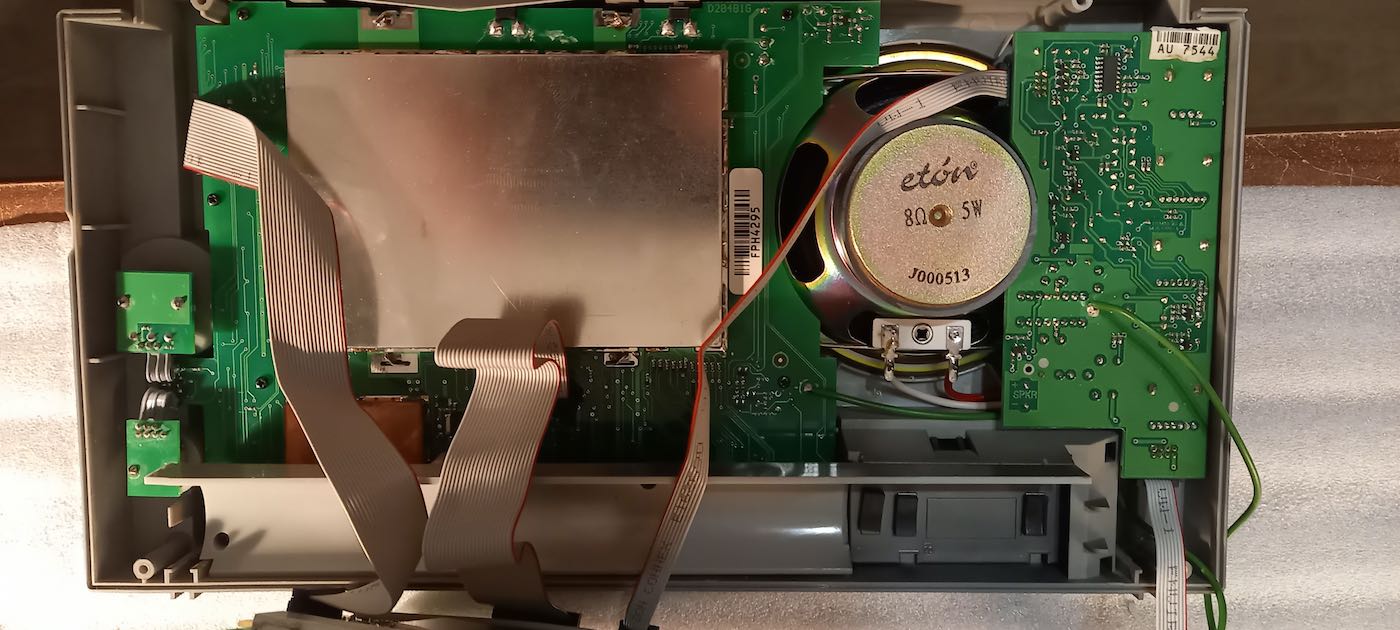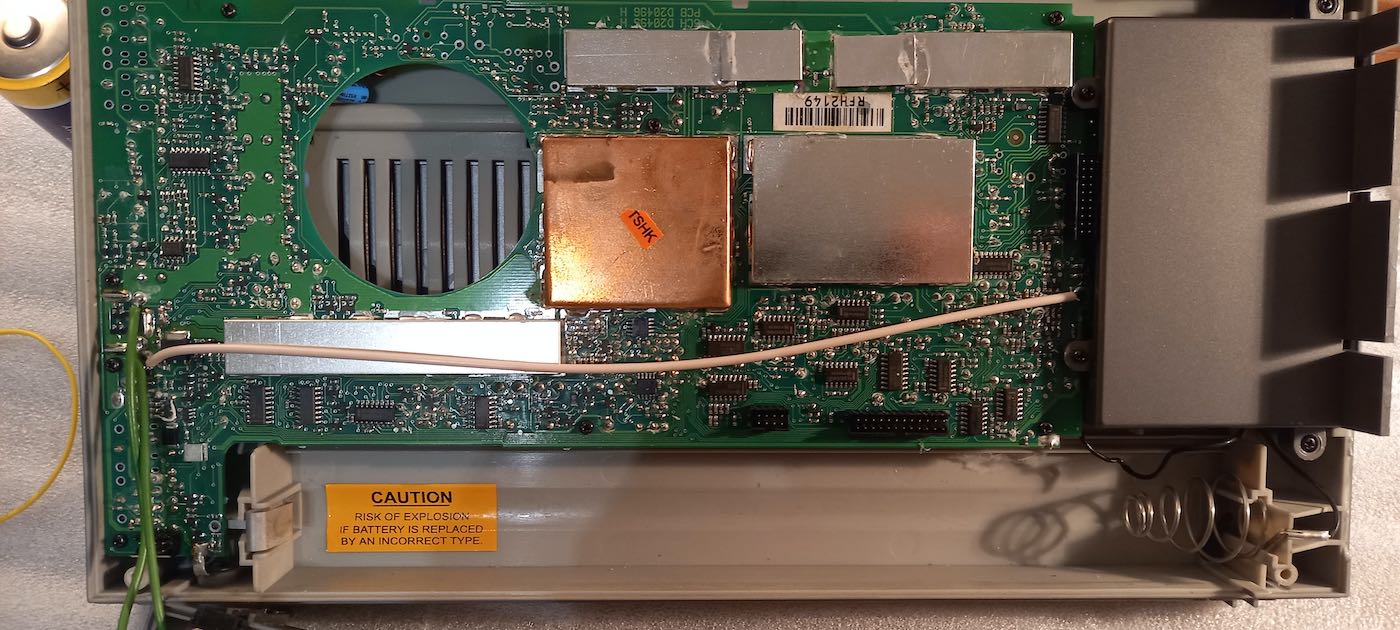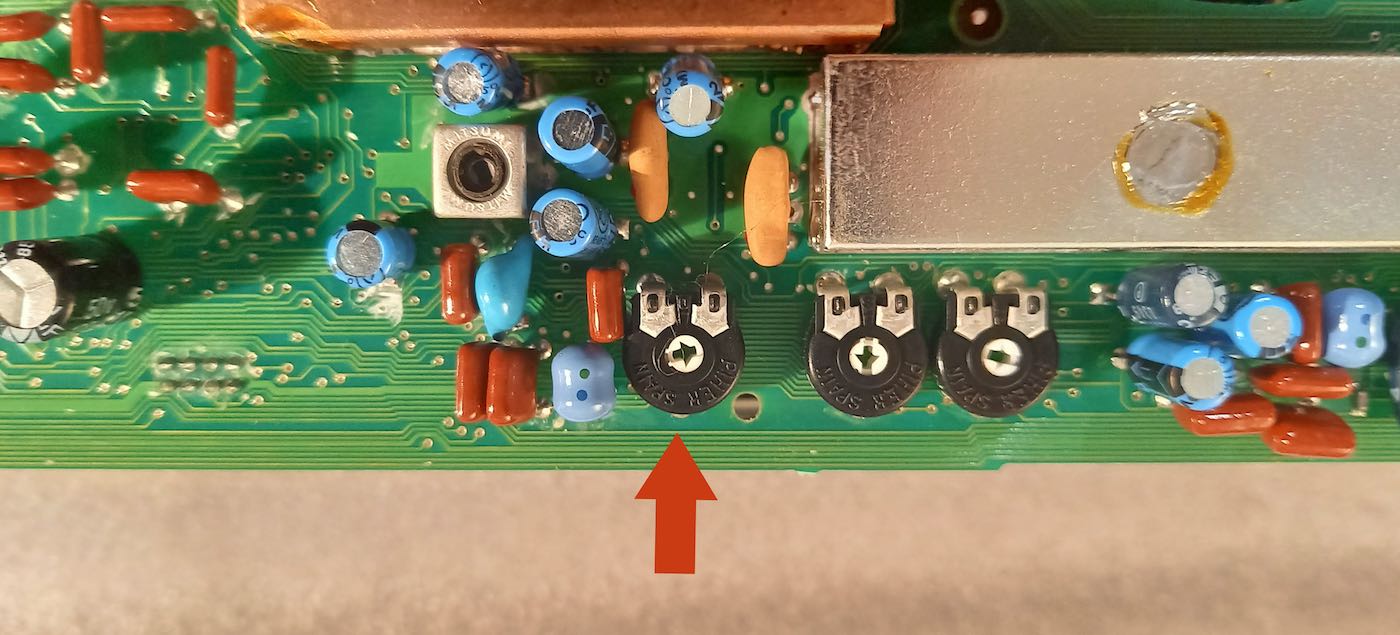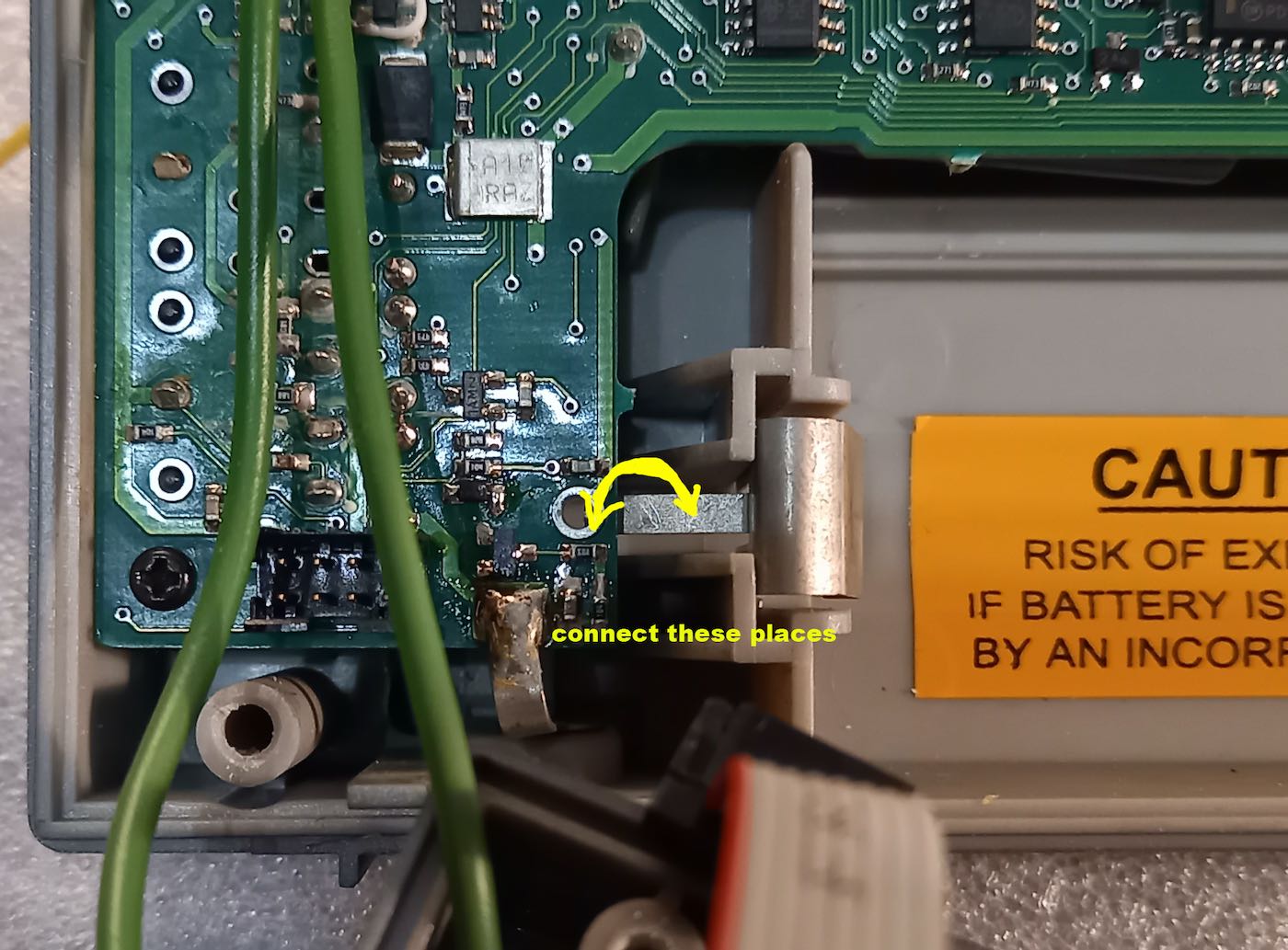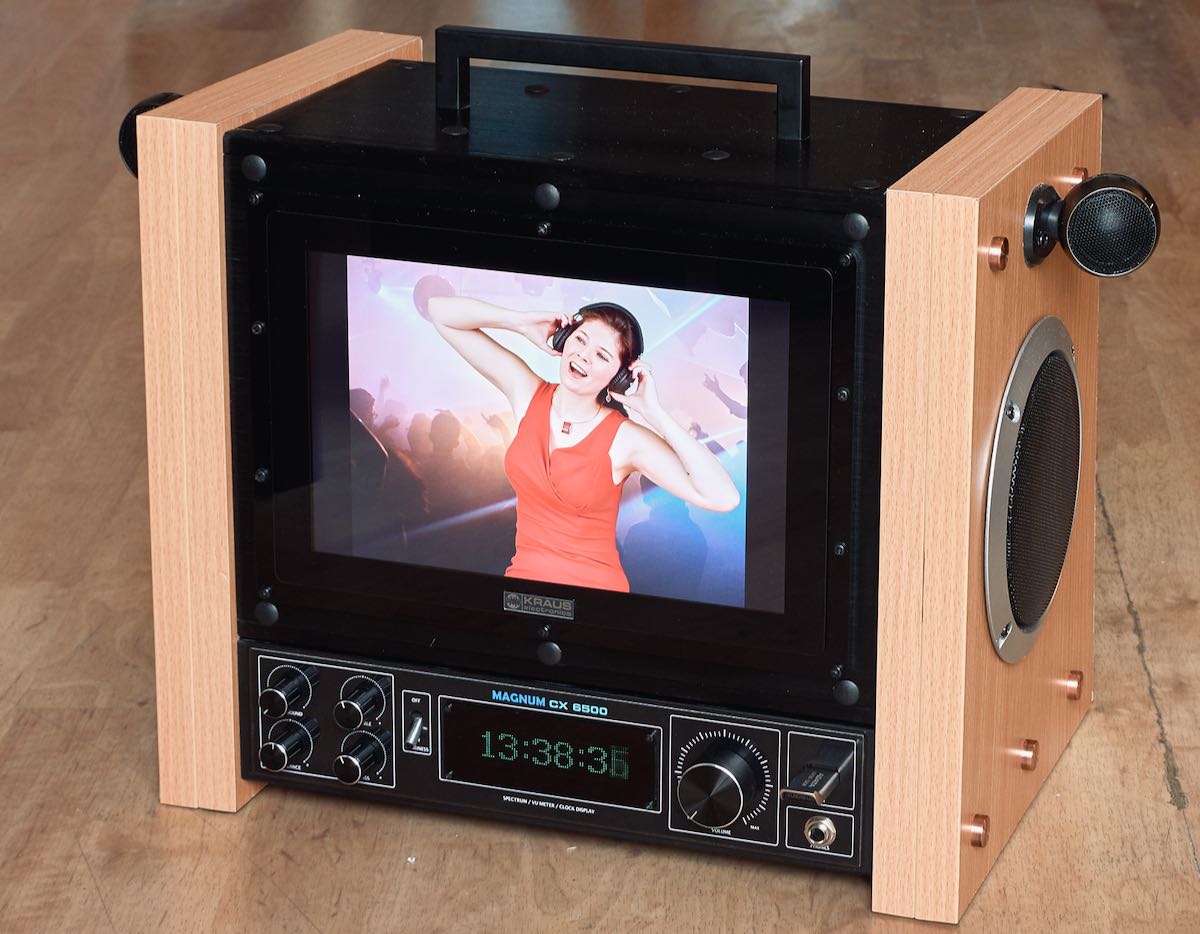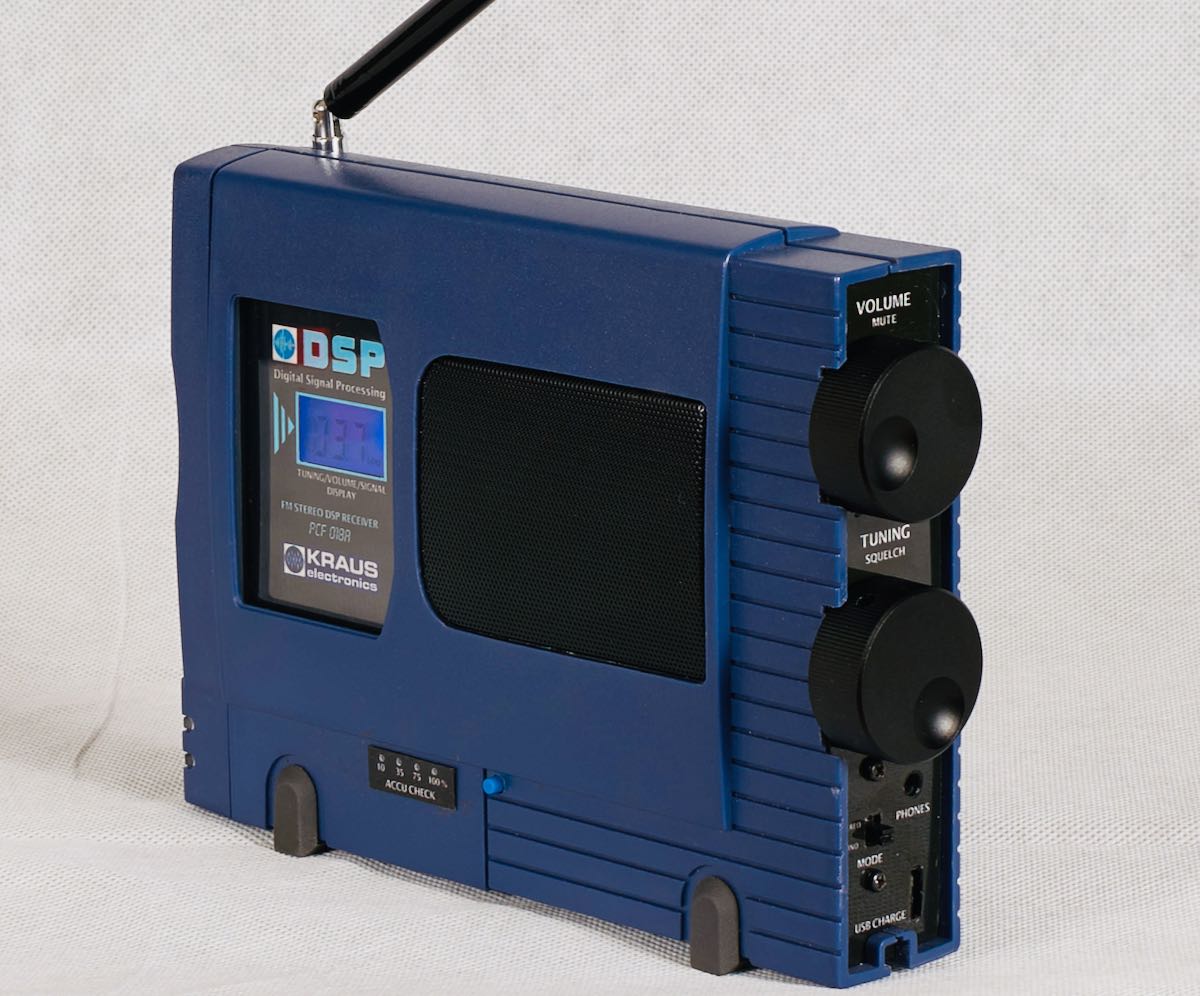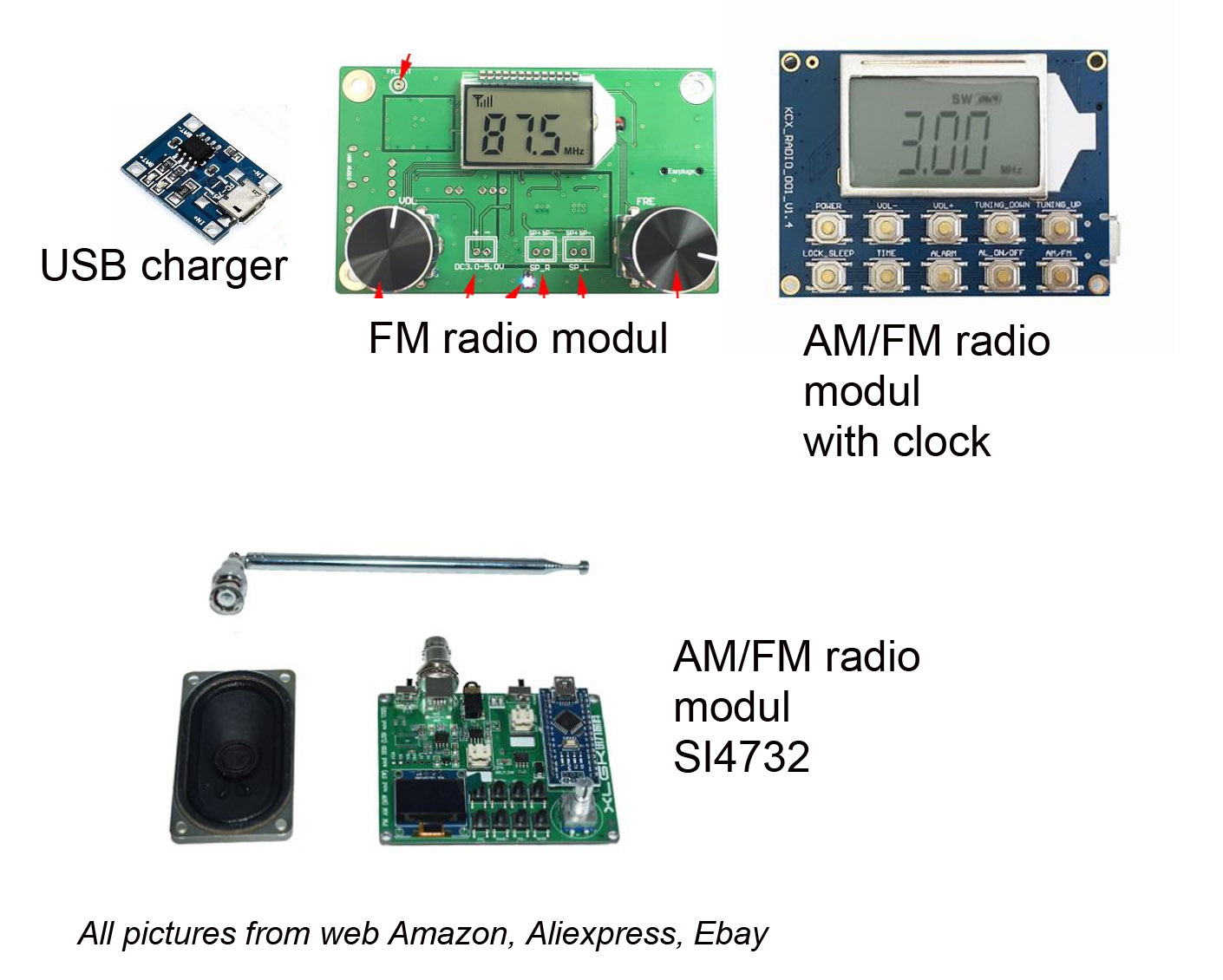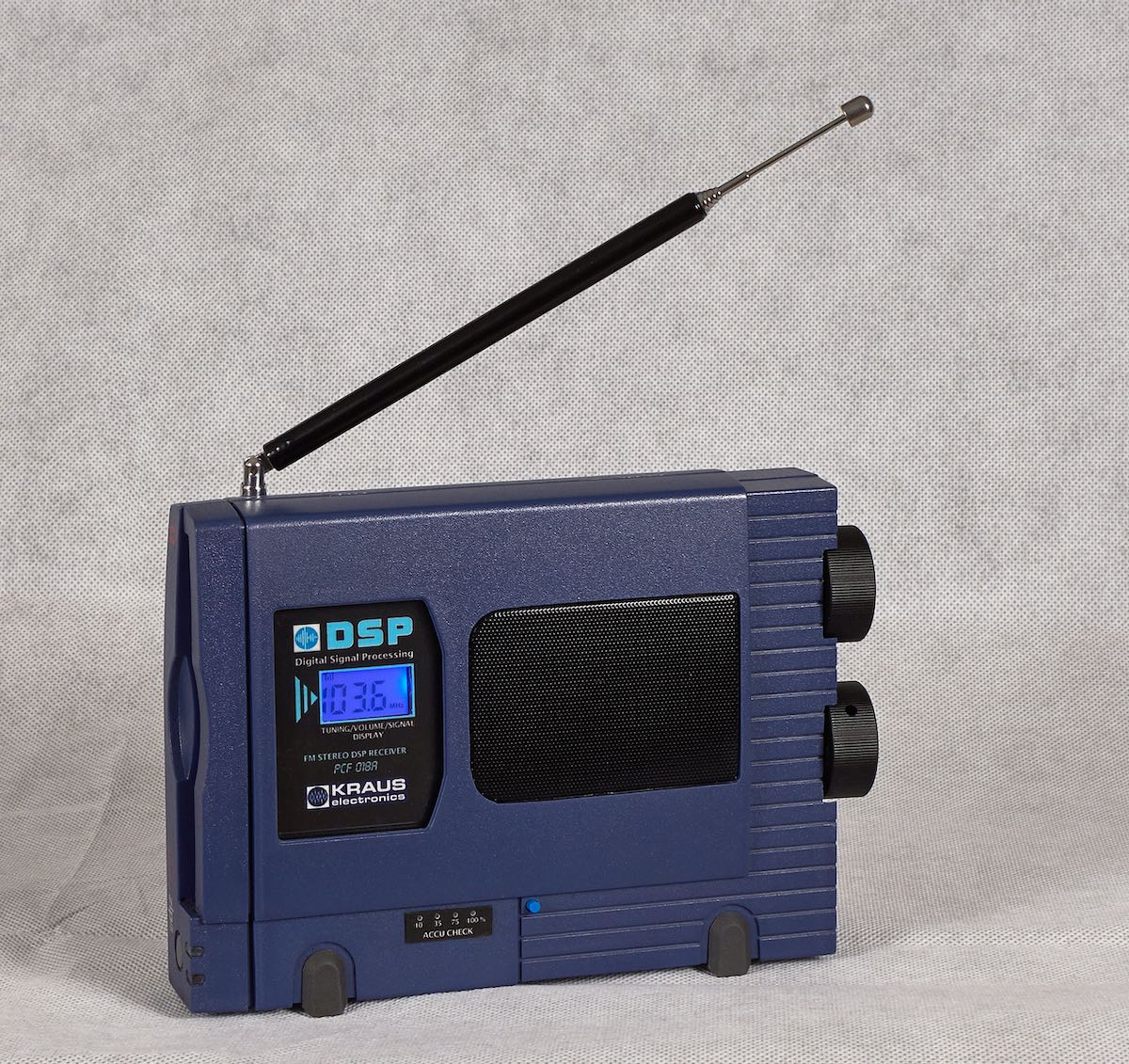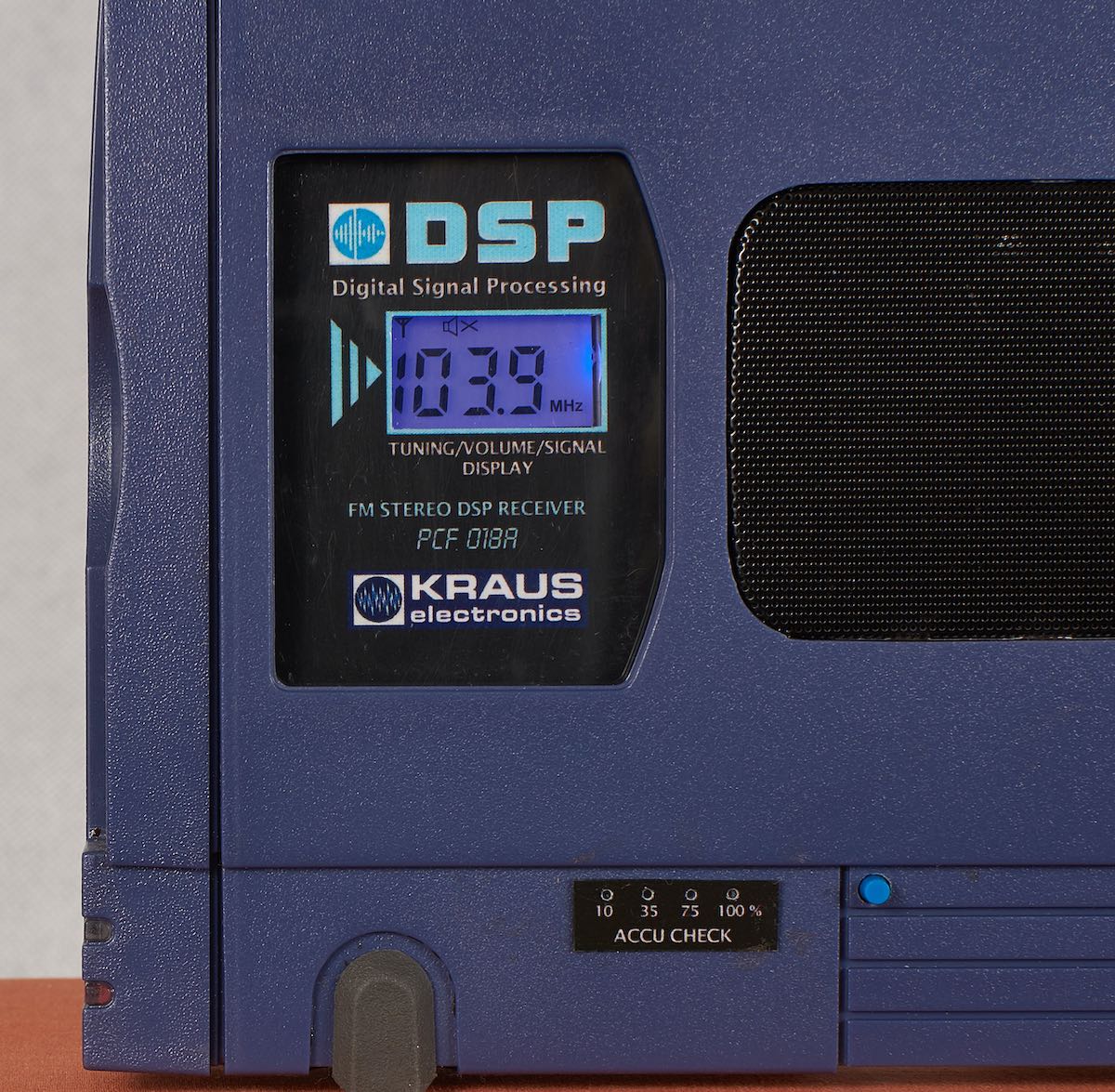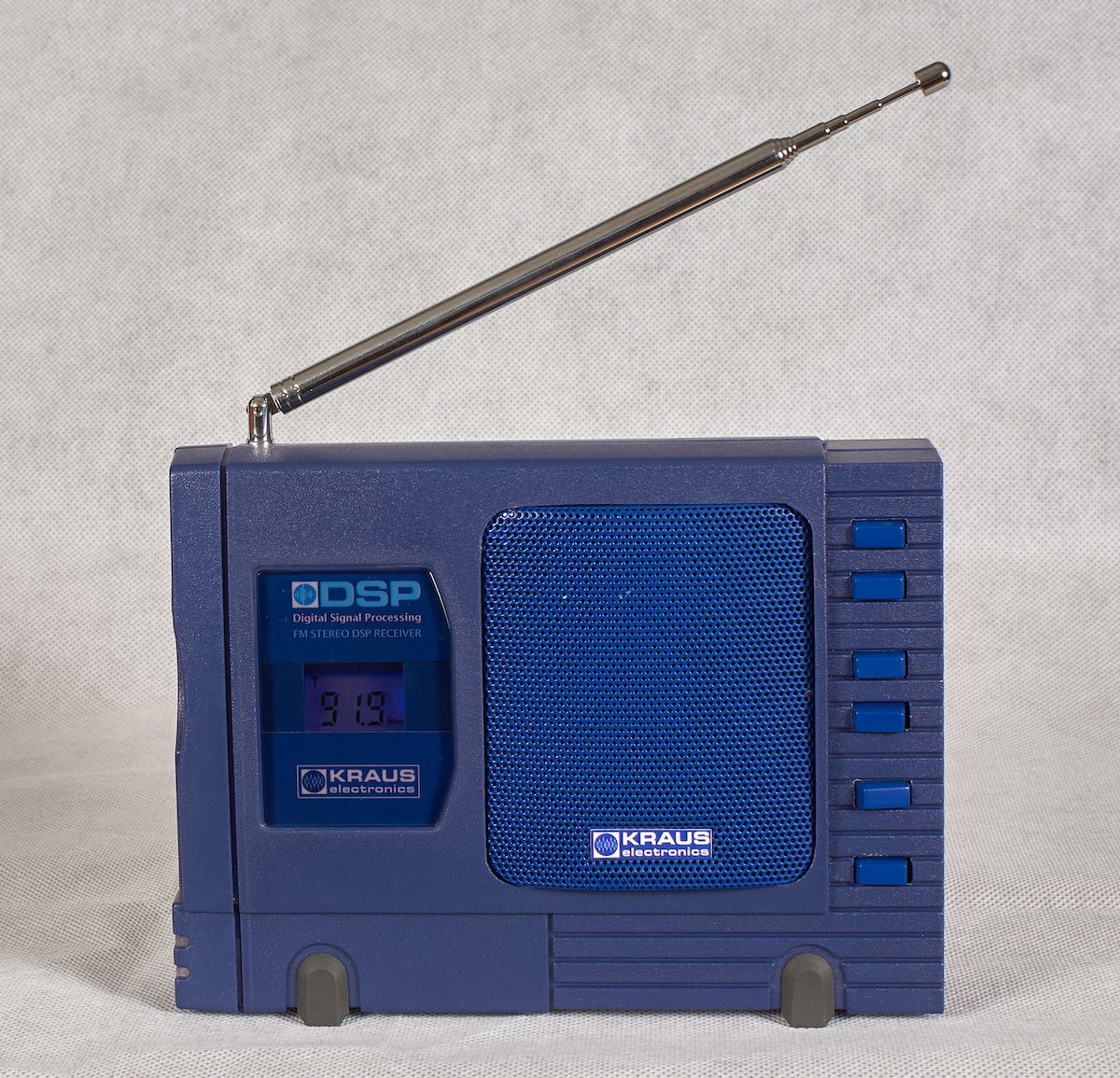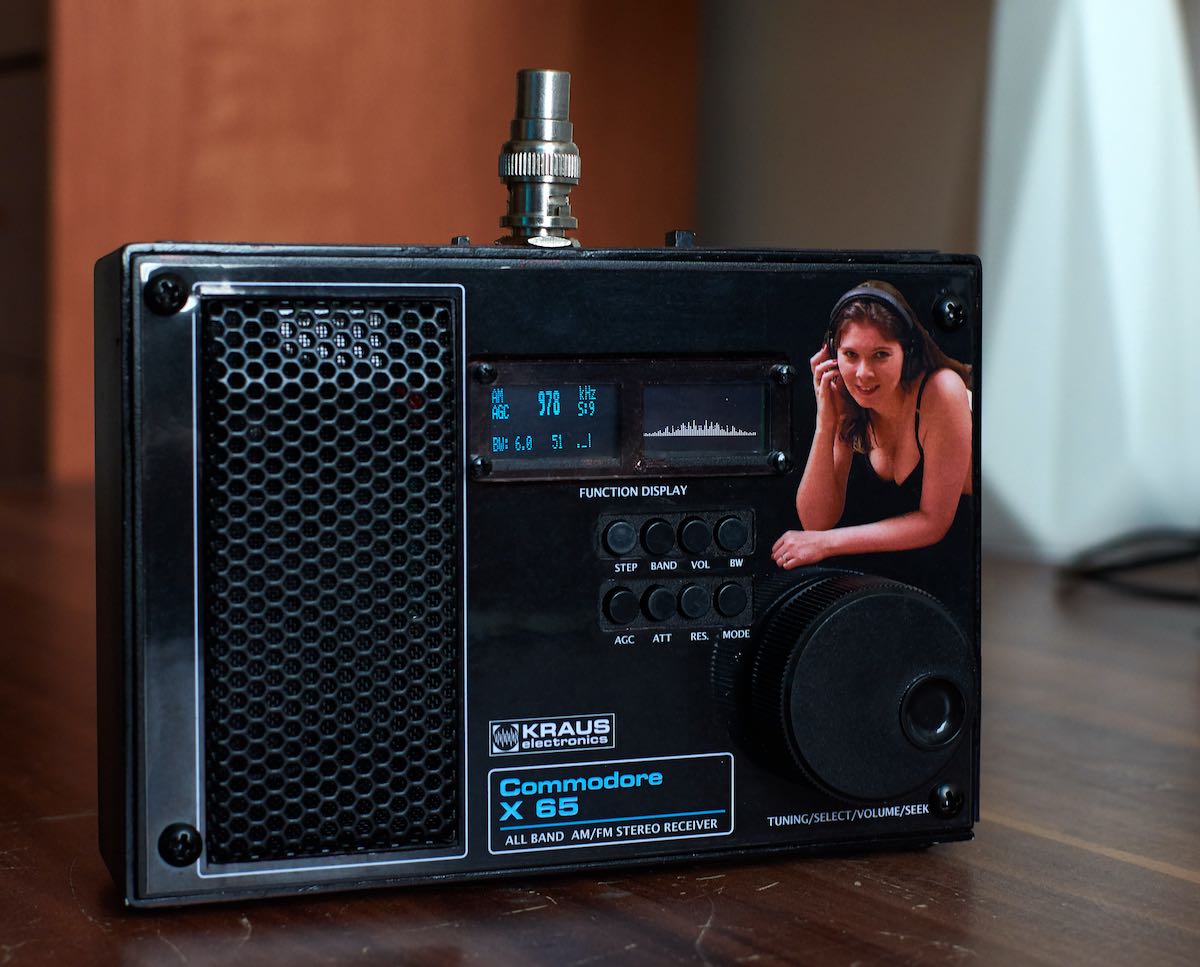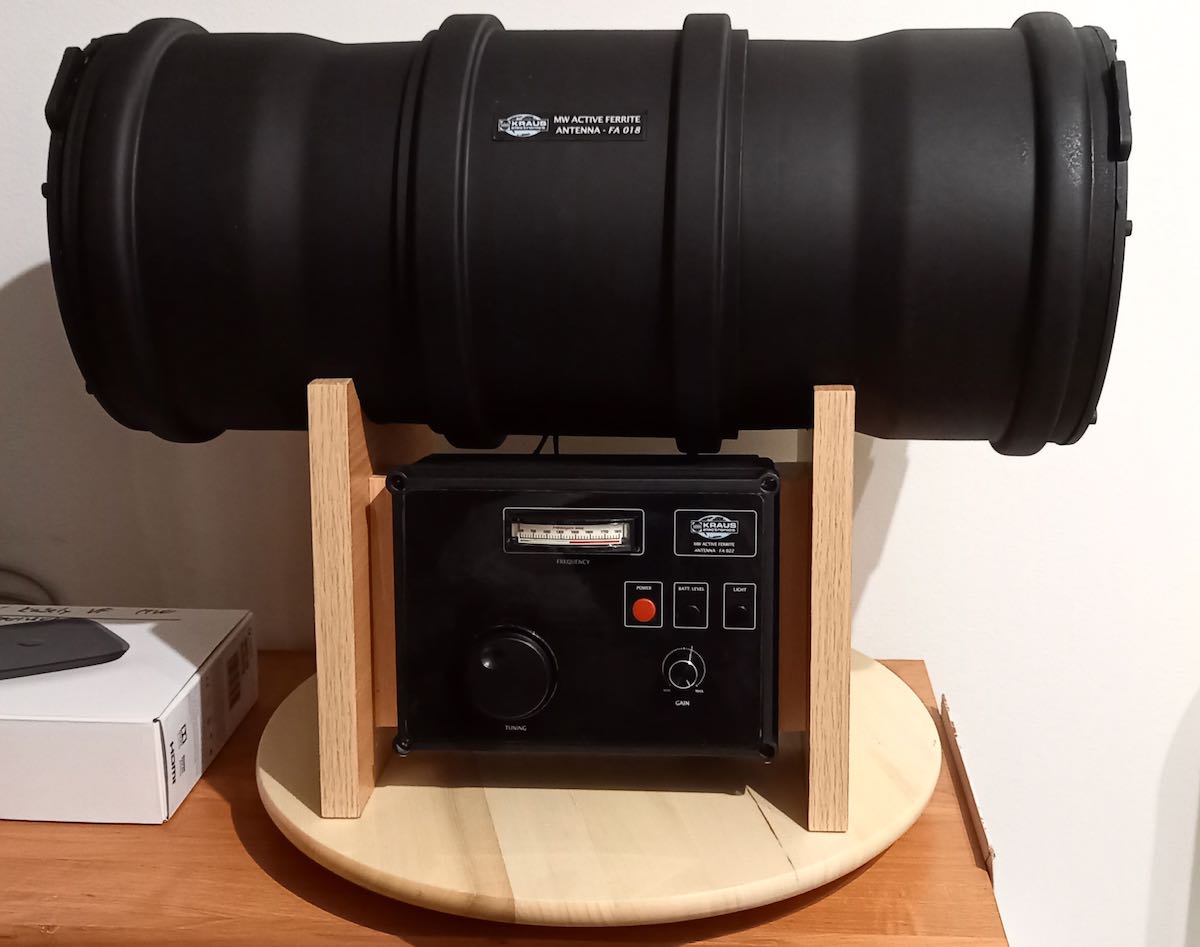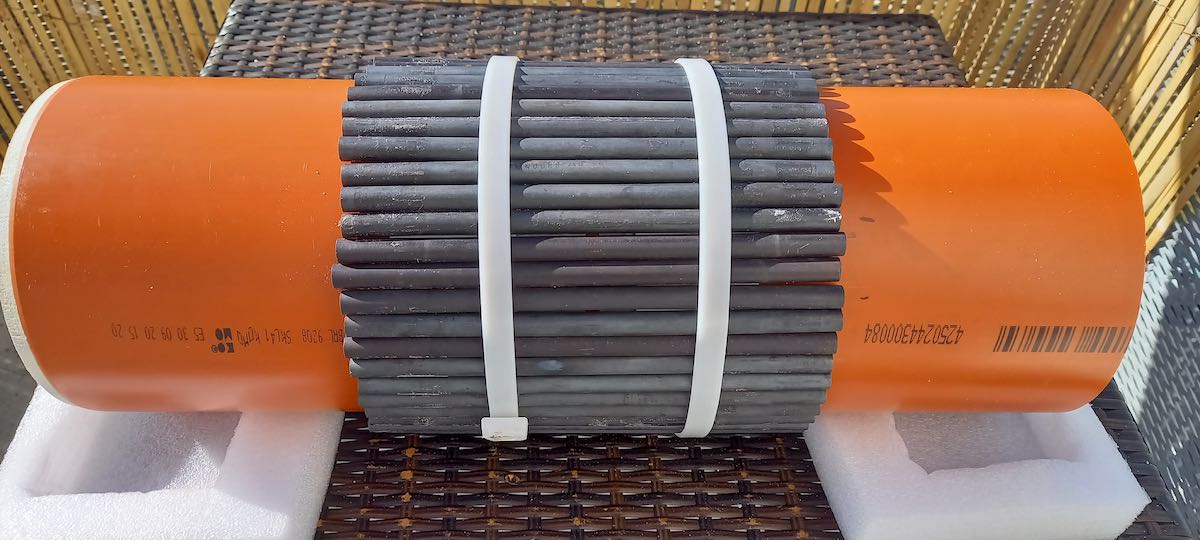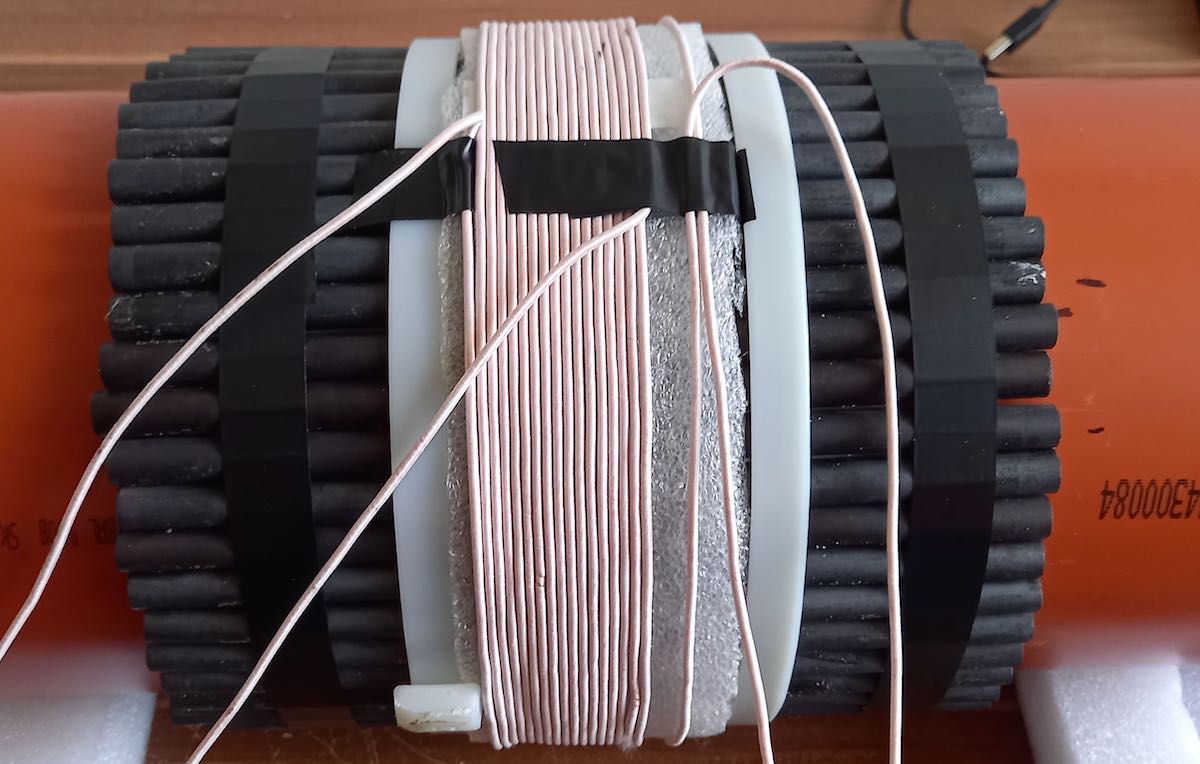Many thanks to SWLing Post contributor, Pavel Kraus, who shares the following guest post:
Mediumwave Ferrite Antenna
by Pavel Kraus
This antenna for MW was made according to the instructions from Everyday Practical Electronics magazine, September 2000. The author of the Active Ferrite Loop Aerial construction project is Raymond Haigh.
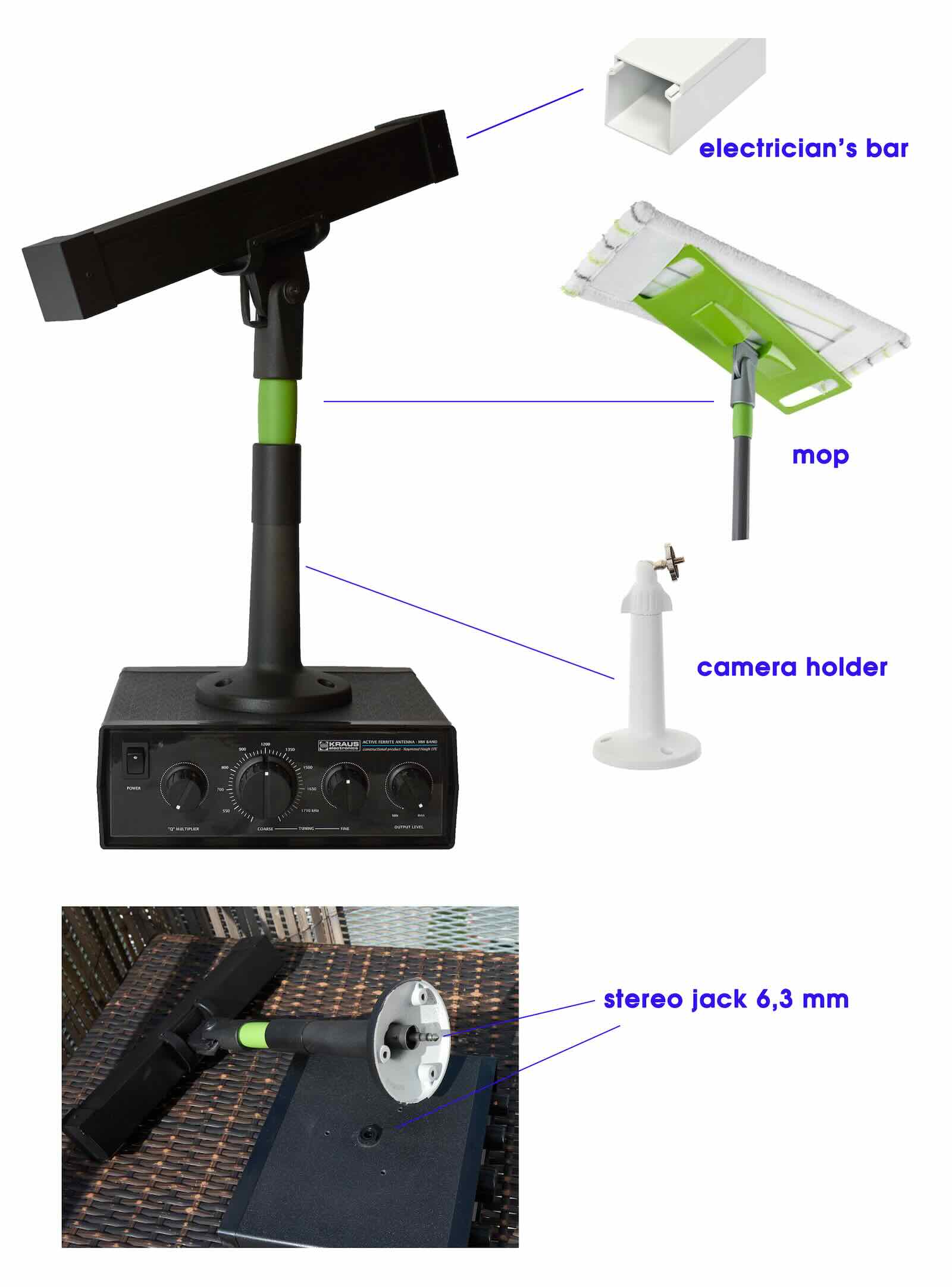 The antenna was only adjusted mechanically according to my capabilities. Reception on this antenna was tested with receivers Malahite DSP 2 – original, Belka, Qodosen DX 286, AOR 7030+, Eton E1 XM and other receivers. Of course, the antenna does not replace a long wire antenna, but in limited urban conditions its performance is sufficient. I compared the antenna to Garry Thomas’ factory Quantum Loop.
The antenna was only adjusted mechanically according to my capabilities. Reception on this antenna was tested with receivers Malahite DSP 2 – original, Belka, Qodosen DX 286, AOR 7030+, Eton E1 XM and other receivers. Of course, the antenna does not replace a long wire antenna, but in limited urban conditions its performance is sufficient. I compared the antenna to Garry Thomas’ factory Quantum Loop.
Both antennas work similarly, Quantum Loop has a shielded ferrite rod, it is less susceptible to elmg. interference. Raymond Haigh’s antenna shows a bit more gain, the ferrite antenna is made up of 7 pieces of ferrite rods 20 cm long and 1 cm in diameter. The antenna is not shielded.
The construction of the antenna according to the instructions is not difficult. A Raimond Haigh antenna will definitely improve MW reception, especially for radios without an internal ferrite antenna. Instructions can be found at https://www.worldradiohistory.com/UK/Practical-Electronics/00s/Everyday-Practical-Electronics-2000-09.pdf
Belka Test
https://www.youtube.com/watch?v=Yk-ngCQ8TFc
Qodosen DX286 Test
https://www.youtube.com/watch?v=F77HOJSmu_4

